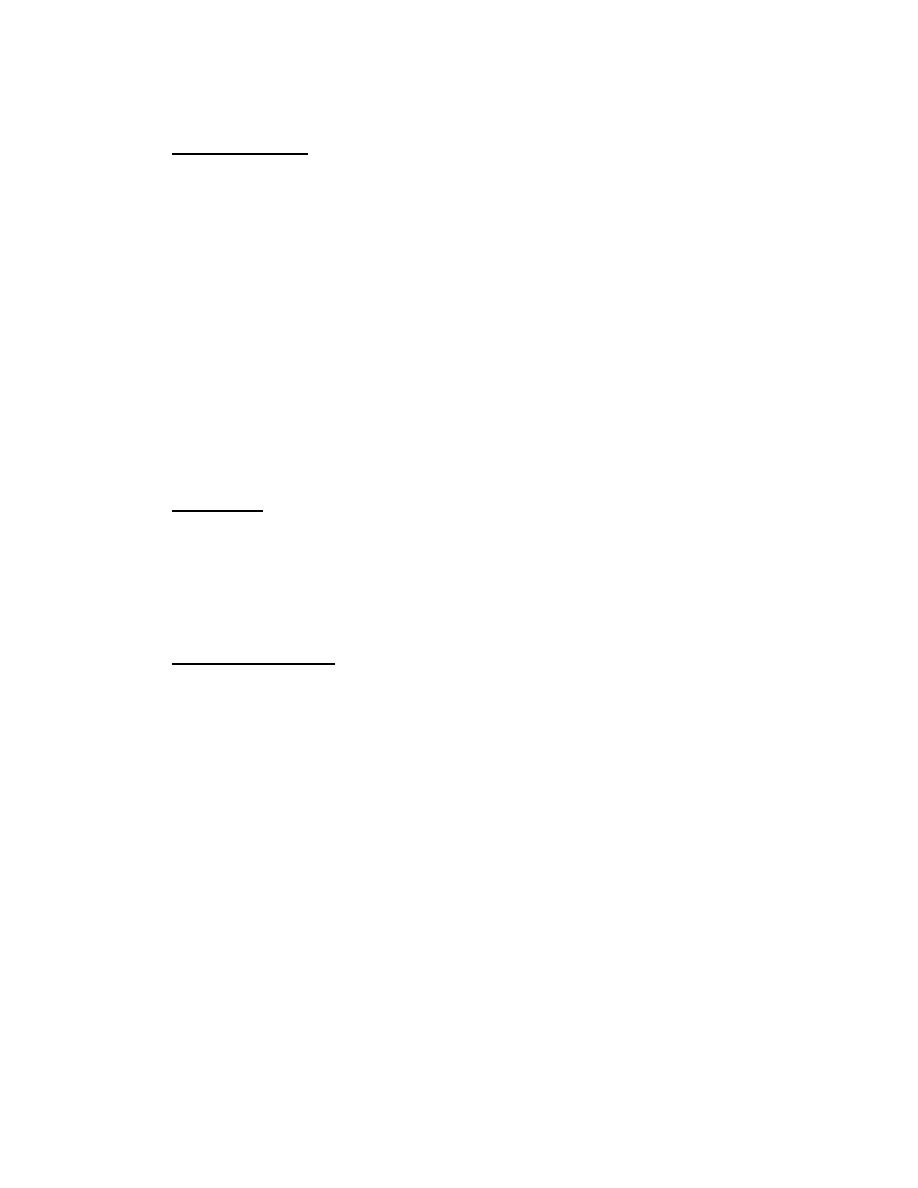
| Tweet |

Custom Search
|
|

|
||
 MIL-HDBK-1038
5.2.7
Rotate Bearings. Rotate bearings are precision assemblies produced by a
limited number of manufacturers who specialize in this field. There is a wide
variety of rotate bearing types, each optimized for the intended application.
Crane rotate drives are among the most severe applications and require bearing
designs with the highest load carrying capacities in downward, upward, and radial
directions.
The bearing selection procedures are outlined in the manufacturer's
catalogs. Each row of rollers and the ring gear must be analyzed for the
corresponding design loads. The static capacity of each row of rollers must be at
least equal to 125 percent of the maximum imposed load. The L-10 life (dynamic
capacity) of each row of rollers must be at least 10,000 hours with a
representative (average) load of 85 percent of the maximum load condition. The
rotate bearing and mounting fasteners must comply with the ultimate strength
design criteria in API Specification 2C.
The mounting hole pattern is usually uniform with the holes equally
spaced; however, non-uniform patterns may be specified if required for specific
loading conditions. The split bearing races have straight (unthreaded) holes; the
one-piece ring gear races may have straight or threaded holes.
5.2.7.1
Ring Gears. The ring gear bending strength rating, per the applicable
AGMA standards, must be at least 125 percent of the maximum load imposed by the
rotate drive or swing lock pinion mesh. The calculated bending strength rating is
based on equal load sharing between the multiple rotate drive pinions in the drive
mode and equal load sharing between them during the braking mode. The larger of
the two loads governs the required strength rating of the ring gear. The ring
gear teeth are spur type per ANSI/AGMA 2000, Quality Number Q6 accuracy, or
better, and machined in the one-piece bearing race.
5.2.7.2
Mounting Fasteners. Rotate bearing manufacturers specify bolts or studs
of higher strength than those used for structural connections. The grade of steel
is usually equivalent to that of ASTM A490 bolts or SAE J429 (Grade 8) threaded
fasteners. These fastener requirements must be observed, regardless of any other
structural specifications. Likewise, the prescribed fastener pre-load criteria
must be followed. NCC policy is to require the "direct tension" installation of
fasteners, which is recommended by the rotate bearing manufacturers. The
particular advantage in using direct tensioning is that only pure tensile stress
is applied to the fastener, without any torsional shear which is substantial but
unavoidable with the common torquing methods. Direct tension devices, because
they grasp the threaded ends of fasteners, require longer threaded sections than
is standard on structural bolts. It is, therefore, necessary to use custom made
bolts or studs for these applications. If the batches are sufficiently large, it
is practical to have the threads rolled. For small batches and for replacement
bolts, the threads are normally cut. Although the rolled threads are preferred
because of their better grain flow pattern, both thread types are treated
identically in design calculations.
Studs or bolts may be used in smooth (unthreaded) mounting holes. For
threaded mounting holes, to accommodate direct tensioning, only studs may be used.
The mounting hole thread length is determined by the bearing manufacturer and is
adequate for the specified fasteners. With either type of fastener, the nuts must
be of comparable strength.
133
|
 
|
|
 |
||